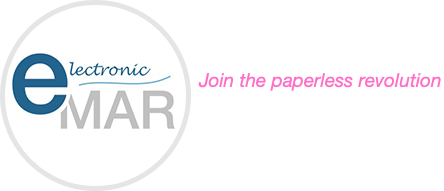Healthcare settings such as care homes and nursing homes undergo inspections by the department of health and social care. To be compliant with the guidelines set by the departments, it is necessary for them to demonstrate how they audit and monitor all aspects of medication management. The purpose of a medication audit is to ensure that all policies, care plans and other documentation are in proper order. Medication audits also act as evidence that care standards are taken seriously.
If you are running a care home or nursing home, you should make sure that your staff is maintaining medication audits and all the records are up to date.
What information is included in a medication audit?
A medication audit must include the following:
- Paper MAR charts or electronic MAR charts complete with details of residents, correct initials, age, medications prescribed (both prescribed and non-prescribed medication should be logged). The time of the day when the medication is to be given and the correct dosage should be recorded.
- There should be detailed information about how the medication is stored in a safe place away from the residents’ access. It should record steps to ensure that the effectiveness of medications is not compromised and how the medication is disposed of in the appropriate manner.
- Evidence of the staff helping residents take their medication. This is particularly important for residents who may have limited mobility or mental capacity.
- Correct recording of medication errors or near misses.
- Adequate staff training on medication management
Here we share with you some useful insights on the need for in-house medication audit:
- Ensures compliance: Healthcare settings are required to undergo an assessment of quality and safety at regular intervals. An in-house medication audit gives you a real insight into how you are monitoring all the aspects of medication management on a daily basis. Also, these audits are helpful for the inspecting agency to evaluate the care standards at your care home. When they see that regular audits are completed and evidence of high-quality care are presented, inspecting agencies know that care standards are taken seriously.
- Reduce errors: A medication audit helps you identify potential and actual medication errors at different stages. An audit ensures that your care home is taking every step to avoid potentially fatal errors.
- Setting accountability: A medication audit may highlight areas that need improvement – both on individual and organisational level. An audit may highlight problems such as lack of staff competence, incorrect disposal of medicine and poor medication monitoring.
- Transfer of care: Often many patients are transferred from hospitals to care homes. If both places have a well-maintained medication audit, the transfer is more streamlined without any compromise on the quality of care.
Maintaining an internal medical audit can be daunting and time-consuming if your care home is still using paper MAR sheets. Switching to eMAR, electronic MAR charts software, can help you maintain records by automating a wide range of processes associated with medication. For instance, with an electronic medication system in place, there are timely reminders sent to the care staff when the medicine is due. . Not just that, the electronic system can be linked to the pharmacy – it reduces the risk of missed dosage due to incomplete inventory.






